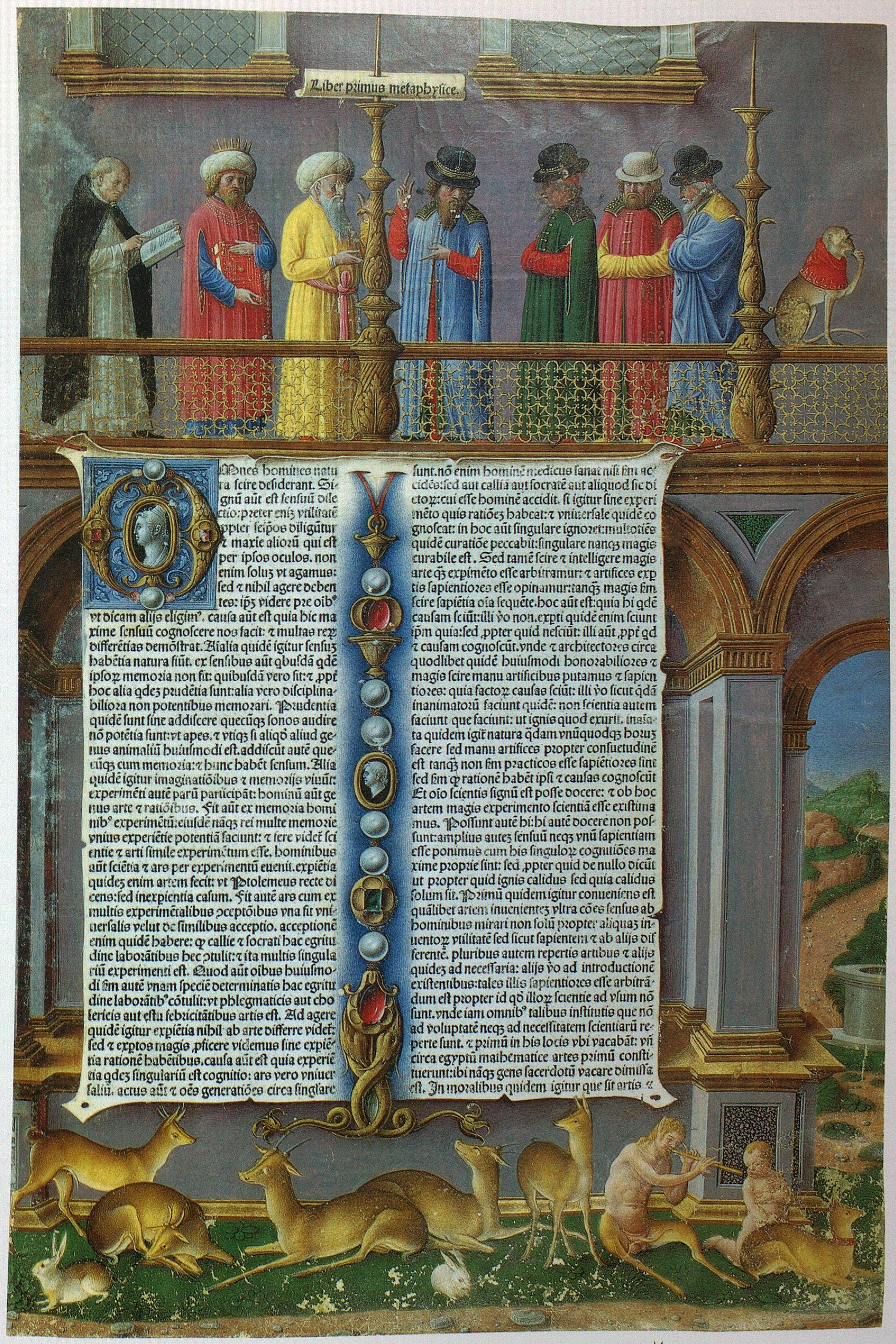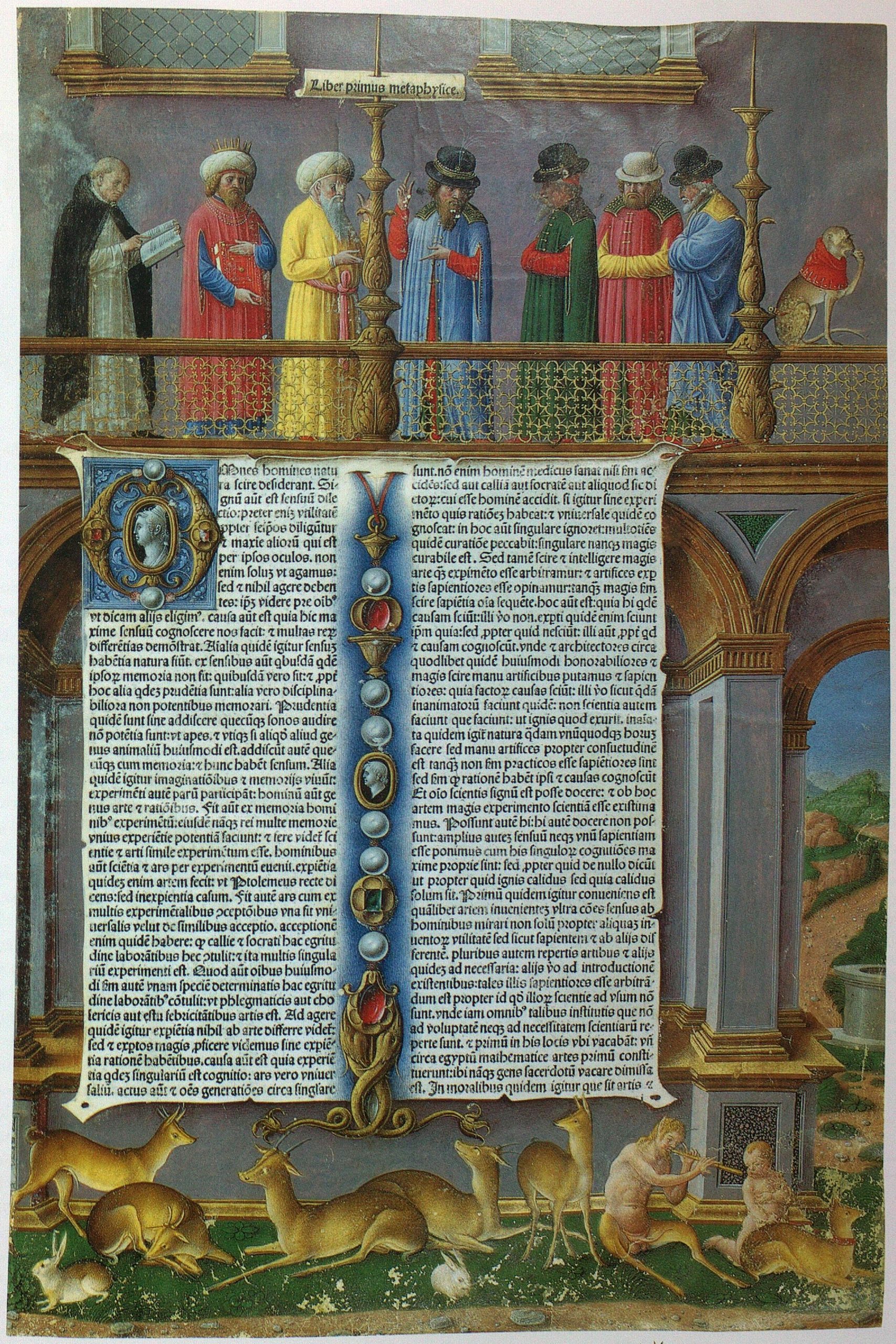
In 1618, the very same year in which [Isaac Beeckman (1588–1637) was instructing René Descartes (1596–1650) on the principle of inertia](https://thonyc.wordpress.com/2025/07/02/from-%CF%84%E1%BD%B0-%CF%86%CF%85%CF%83%CE%B9%CE%BA%CE%AC-ta-physika-to-physics-xlvii/), Johannes Kepler (1571–1630) achieved one of the most crucial milestones in the domains of astronomy and physics with [his third law of planetary motion](https://thonyc.wordpress.com/2010/03/08/oh-happy-day/). Certain discoveries serve as turning points in the scientific narrative, drastically altering humanity’s understanding of their environment, and Kepler’s third law stands as a prime example, yet it was largely overlooked! What renders Kepler’s third law so vital, and why was its significance not recognized and celebrated upon its introduction to the world?
Although the concept of force as recognized today was never explicitly defined prior to the late seventeenth century, from the time of Aristotle there existed an understanding that to move an object, force must be applied. A donkey to haul a cart, an arm to push a door, or a system of ropes and pulleys to elevate a heavy cargo from the ground into a ship, perhaps. As previously mentioned in this series, a major issue arose concerning projectile motion. Why does a thrown ball or a fired arrow keep moving after leaving the hand or bowstring, despite force no longer being exerted? Thus, during the medieval era, the notion of impetus was conceived. This posited that something was imparted to the projectile, gradually being expended until the projectile descended. Ideas such as friction and air resistance were not yet understood.
As we noted in the previous segment of this series, the resolution to the projectile motion dilemma was the emergence of the concept of inertia; projectiles do not require a force to maintain their motion, rather it is forces such as friction or air resistance that are necessary to halt them. To reach this conclusion, scholars had to first address the Aristotelian challenge regarding the reality of a vacuum. The acceptance of a potential vacuum and the notion of inertia are intrinsically linked.
In the realm of the heavens, the situation was different. According to Aristotelian thought, celestial entities revolved in circular paths because such was their inherent nature. Constructing his model of celestial spheres, which extended from the sphere of stars to that of the Moon, each sphere propelled the one inside it in a friction-like manner. The motivating force originated externally from the entirety of the system, from the unmoved mover, which Aristotle equated with love. During the Christian medieval epoch, it was believed that every planet was accompanied by an angel that guided the planet along its orbit. Some medieval philosophers also speculated that planets were driven by impetus.
By the time Kepler embarked on his exploration of astronomy, everything had shifted. [Supralunar comets had effectively shattered the Aristotelian sphere concept](https://thonyc.wordpress.com/2024/12/05/from-%CF%84%E1%BD%B0-%CF%86%CF%85%CF%83%CE%B9%CE%BA%CE%AC-ta-physika-to-physics-xxxv/) and a new understanding of celestial movement was imperative. [As observed in his Astronomia Nova,](https://thonyc.wordpress.com/2025/01/08/from-%CF%84%E1%BD%B0-%CF%86%CF%85%CF%83%CE%B9%CE%BA%CE%AC-ta-physika-to-physics-xxxvi/) utilizing [the extensive data amassed by Tycho Brahe (1546–1601) over the years](https://thonyc.wordpress.com/2019/07/17/the-emergence-of-modern-astronomy-a-complex-mosaic-part-xv/), Kepler had formulated his first two laws of planetary motion—elliptical orbits with the Sun positioned at one focus of the ellipse, and a line drawn from the focus of the ellipse to the planet sweeping out equal areas in equal intervals of time.
Upon reaching this point, Kepler conjectured what could possibly be the force propelling the planets along their orbits. Inspired by [William Gilbert’s (1540?–1603) De magnete](https://thonyc.wordpress.com/2024/02/14/magnetic-variations-vi-de-magnete/) published in 1600, Kepler proposed a force akin to magnetism radiating from a rotating Sun, guiding the planets through their orbits. This force diminished as the distance from the Sun increased, resulting in extended orbital periods. The third
